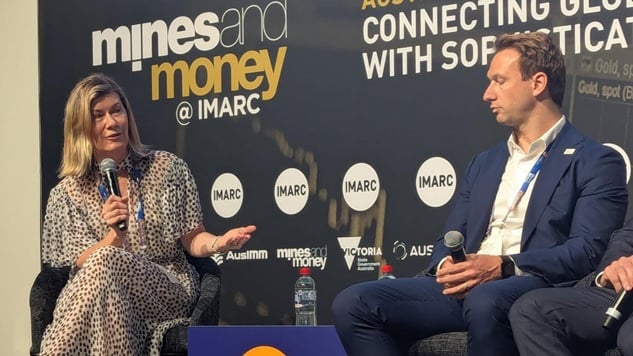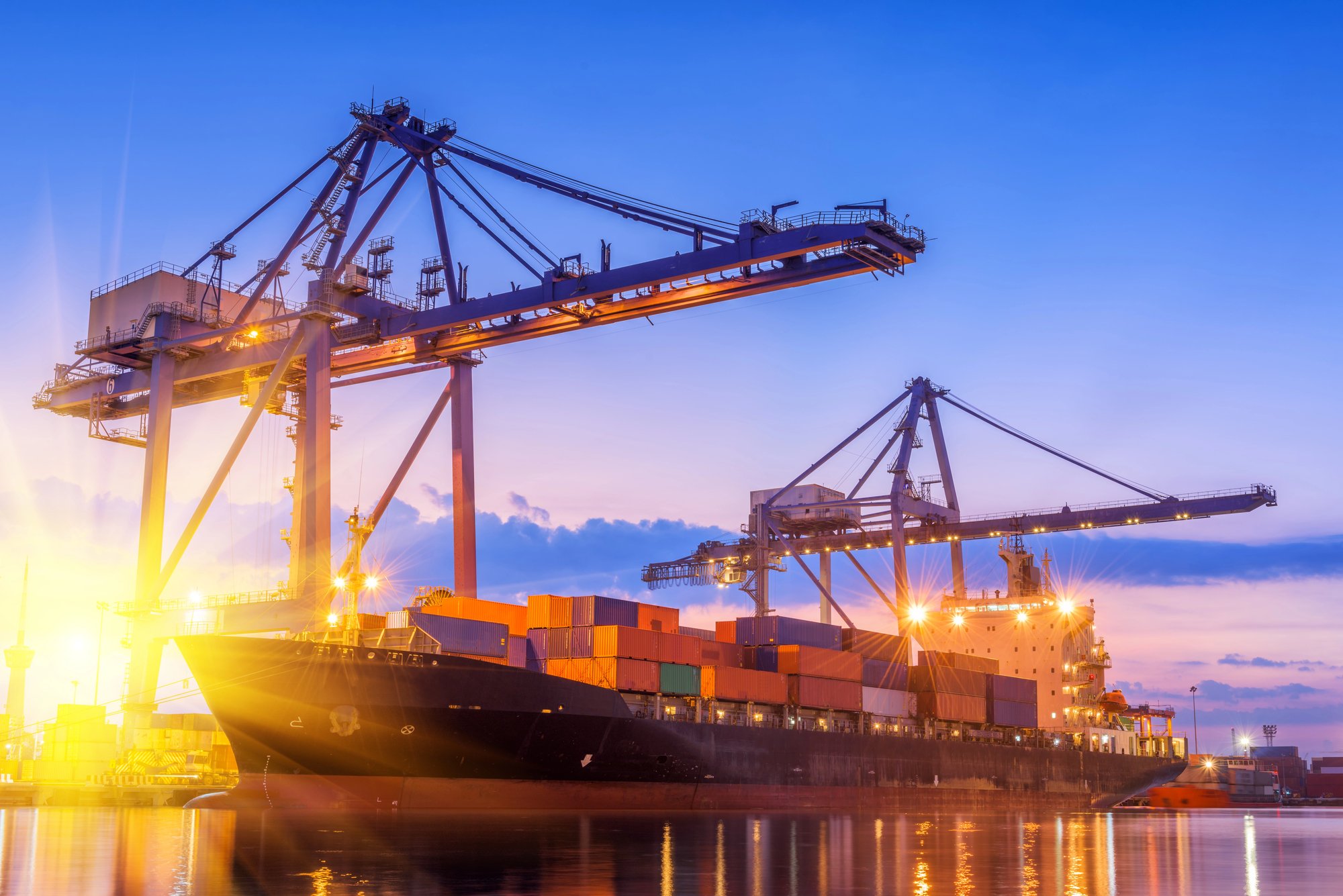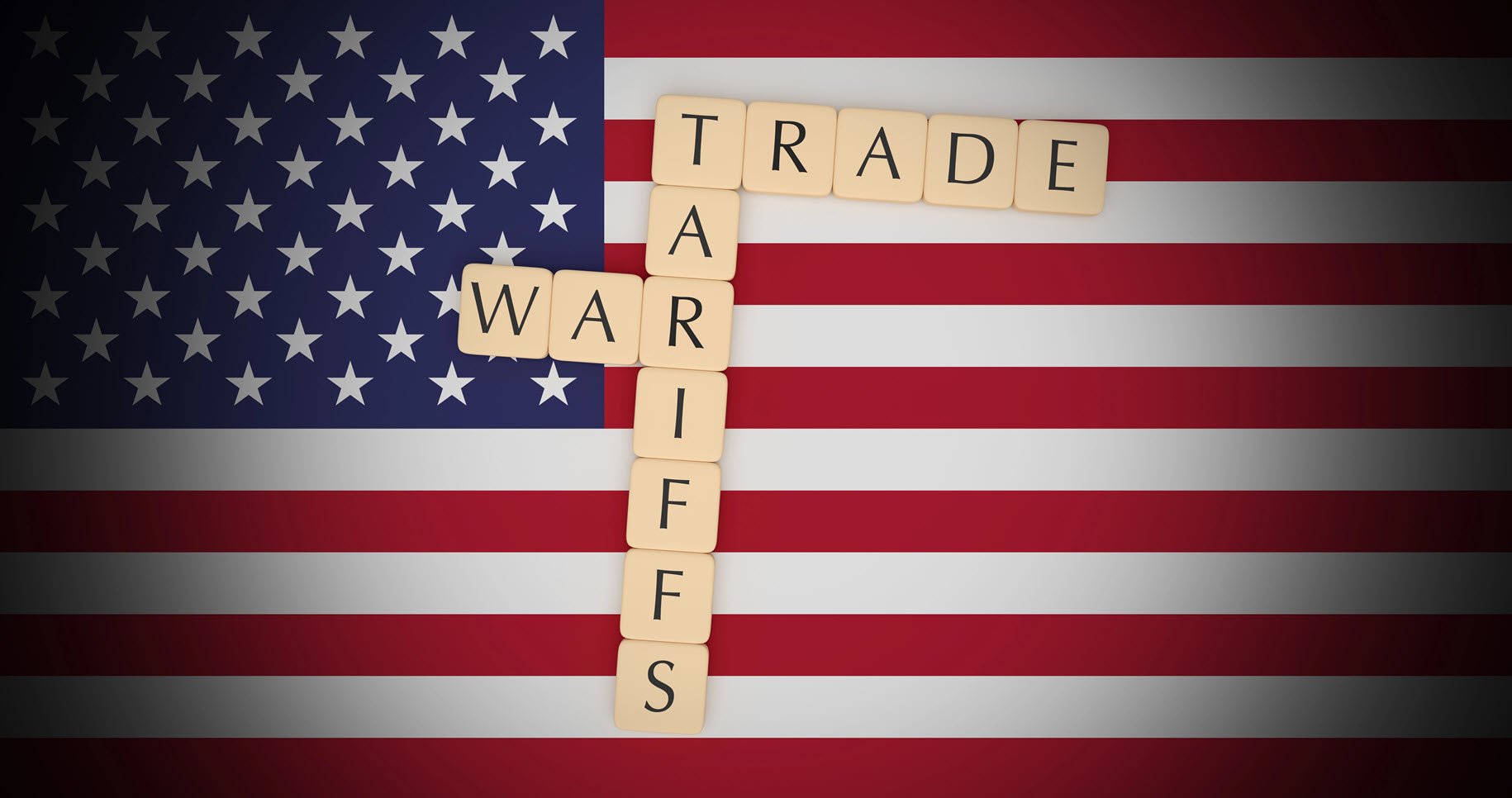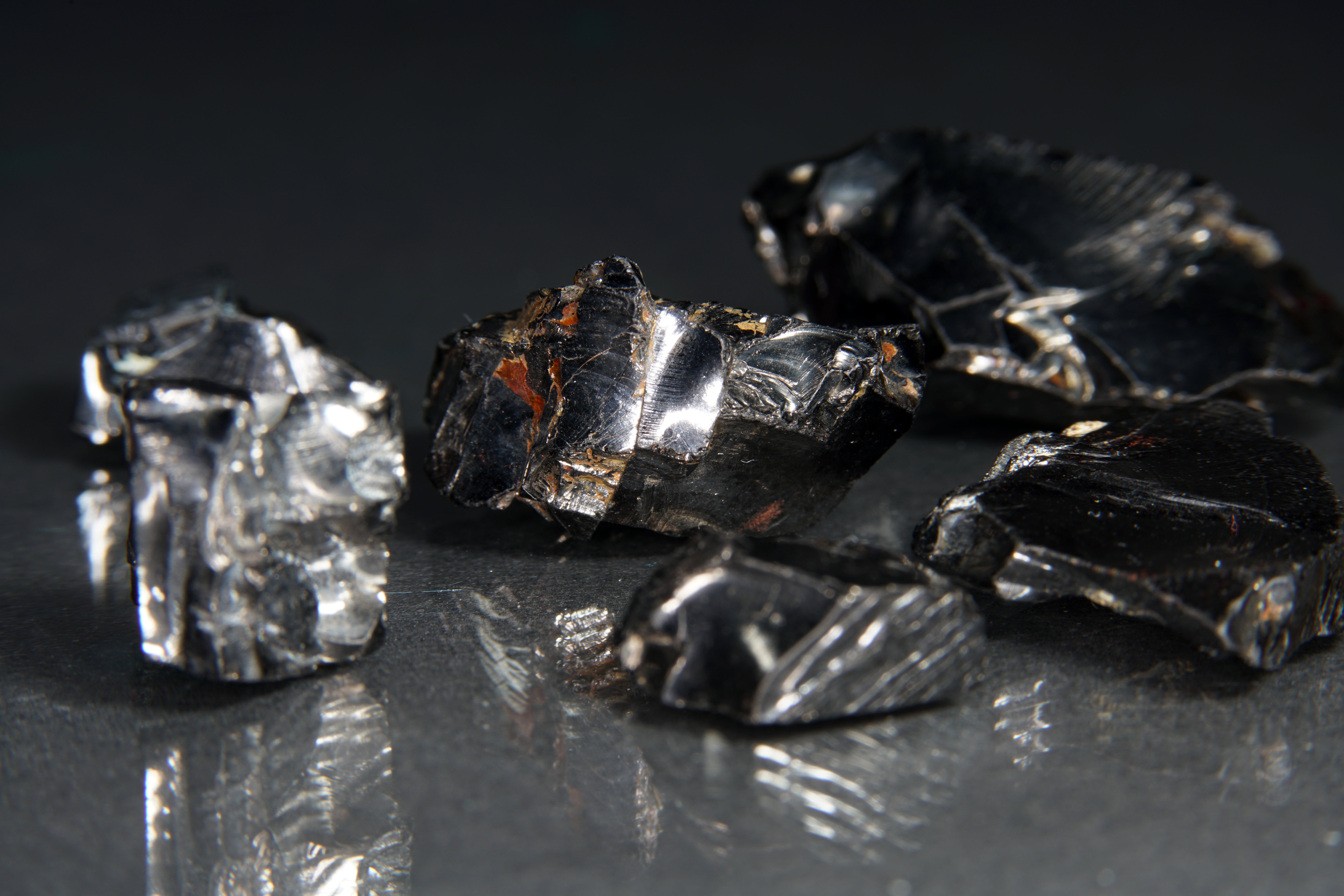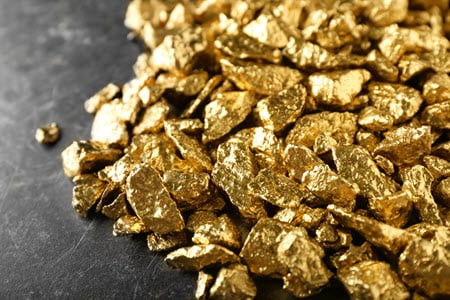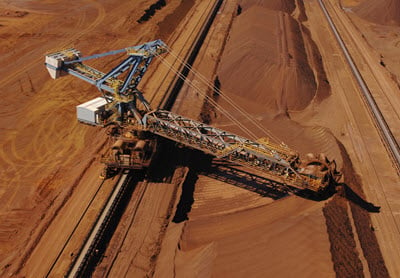China has imposed export controls on key medium and heavy rare earths and magnets, tightening the rare earth supply chain. This will encourage ex. China rare earth and magnet production in the long run.
China has imposed trade restrictions on exports of medium and heavy rare earths
China currently dominates production of rare earths (REEs) - particularly medium and heavy rare earths – as well as the rare earth supply chain. Rare earths are made up of 15 elements, all similar but each with their own chemical and physical characteristics (see table below). These elements are grouped because they are mined and processed together up to the stage of oxide separation or rare earth (REO) concentrate.
Additionally, rare earths are often grouped by subcategories characterised by mass – heavy, medium and light. Typically, lighter rare earths are more abundant and a key driver of the so-called “basket problem”.
The basket problem arises because rare earths are largely mined as a group, and different elements have different end uses, leading to varied demand growth rates for each element. This creates a steady oversupply of abundant, low-demand elements (like La and Ce), and market deficit of higher-demand elements (e.g., Nd and Pr). You can read more about the rare earths “basket problem” here.
In light of rising geopolitical tensions, China has decided to implement export controls on selected medium and heavy rare earths and alloys containing them. These are samarium, gadolinium, terbium, dysprosium, lutetium scandium and yttrium.
Under these export controls, exporters in China will have to obtain licenses to send selected rare earths and their alloys, including permanent magnets containing medium and heavy rare earths, abroad. This will tighten the supply of medium and heavy rare earths and the alloys that include them, creating stress on existing supply chains. Note that these export controls are global and are not targeted to any specific region or geography.
China dominates the rare earth supply chain
The rare earth supply chain can broadly be segmented into three key stages: mining, processing (including separation and refining), and the manufacturing of alloys. Among the most crucial rare earth-based alloys are permanent magnets, which are needed to produce electric vehicle (EV) and wind turbine motors.
China holds a dominant position across the entire rare earth supply chain – from mining to magnet production. As we move further downstream, China’s dominance becomes even more pronounced, as shown in the figure below.
While the new export restrictions apply only to selected medium and heavy rare earths, the figure above illustrates China’s dominance across the production of all rare earth elements. We estimate that over 95% of the restricted rare earths – and the NdFeB magnets containing them – are processed and manufactured in China.
Given China’s central role in their production, the implementation of these export controls is expected to slow trade flows of both the restricted elements and associated magnets.
We can expect medium and heavy rare earth trade flows, and NdFeB magnets containing them, to slow down
Similar export controls have been introduced to gallium, germanium, antimony, graphite and bismuth in the past. As with the production of rare earths, China similarly dominates production and processing of these commodities. Implementation of such controls in China in recent years has resulted in a slowing down of trade out of China, as they make exporting commodities longer, with more hoops to jump through. We can expect a similar situation for medium and heavy rare earths and permanent magnets, along with a subsequent price spike.
The graph below shows percentage changes in prices of gallium, germanium, antimony, graphite and bismuth six months after these export controls were introduced. The spike in their prices reflects global tightness in supply following trade restrictions. CRU discussed price uncertainty in gallium, germanium and antimony market in a previous insight here.
Automotive and wind turbine manufacturers to be affected by these controls, but all is not doomed
Medium and heavy rare earths, and permanent magnets containing them, are critical for electric vehicles and wind turbine motors, which are in turn critical for the energy transition more widely. As these are fast-growing markets, tightness in supply of rare earths will likely be felt by these OEM producers.
Although any price increase in rare earths and rare-earth magnets is unlikely to significantly impact overall production costs – due to their relatively minor share in total expenses – the real challenge for OEMs will be ensuring a steady supply of these magnets for motor manufacturing.
Despite the expected tightness in this market, there is still some glimmer of hope as the impact of these export controls is still uncertain. For example, despite similar trade restrictions existing for graphite, the market has shown resilience – as reflected in the graph above. Similar to rare earths, production and processing of graphite is dominated by China, but exports of graphite outside China haven’t seen significant reduction, unlike others such as gallium and germanium.
While the ex. China market will likely be tight for coming months, things will likely cool down as companies receive export licenses. When similar restrictions were imposed on gallium and germanium, it took around two months for supply to resume from China. We expect that there to be no less than two months of working stock in the ex. China supply chain, and maybe a little more due to criticality of this product. This buffer should provide OEMs with sufficient stocks, while exports of medium and heavy rare earths and alloys containing these rare earths normalise.
In summary, China’s export controls on select rare earths and their alloys will tighten ex. China medium and heavy rare earth supply chains, and cause price increases. While the impact of such price increases will be limited for EV and wind turbine producers, sourcing these materials will be a key challenge for these OEMs.
In the long term, this will incentivise ex. China rare earth production and rare-earth magnet manufacturing
Development of the rare earth supply chain outside of China has stagnated in recent years due to a low pricing environment, leading to a lack of sufficient financial incentive to open new rare earth mines and rare-earth magnet manufacturing facilities.
Introduction of these export controls is expected to spur renewed interest from governments and OEMs in diversifying rare earth supply sources. The heightened emphasis on supply chain security, coupled with potential price spikes in medium and heavy rare earths, is likely to attract increased investor attention.
In past we have seen OEMs going all the way to the mine level to secure supply of rare earths. For example, in 2022 Hyundai and Kia signed a binding offtake agreement with Arafura to supply rare earths. We are likely to see increased instances of such agreements following rare earth trade restrictions, as these OEM will to have stable supply of rare earths and magnets containing them.
These investments are likely to be for both light, medium and heavy rare earth dominated projects, as expanding production in both areas will be critical to building a more resilient and diversified global supply chain.
China’s export controls on medium and heavy rare earths are set to tighten global supply and disrupt trade flows, prompting renewed focus on supply chain security. In the long run, this likely to accelerate investment in rare earth projects and rare-earth magnet manufacturing facilities outside China. Therefore, there is growing interest in critical minor metals as China continues to safeguard its supply by increasing trade restrictions. To learn now CRU helps customers navigate these markets through pricing services, special reports and consulting projects, please get in touch.




